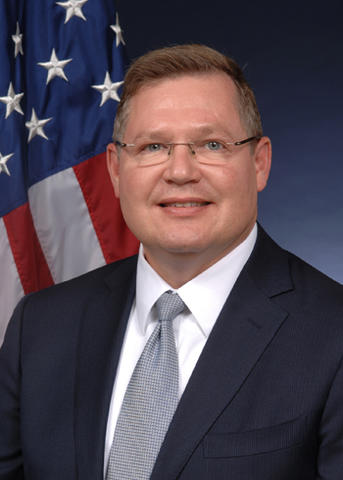Building a High-Tech Future Through Partnerships & Planning: Commerce's NIST Announces $7.8 Million in Advanced Manufacturing Technology Grants

Mike F Molnar
Guest blog post by Michael F Molnar Director, Advanced Manufacturing Office, NIST
The power and performance of the computer chip have improved like clockwork for half a century, as the number of transistors squeezed on a slice of silicon has doubled about every two years. Thanks to the U.S.-led semiconductor industry's almost formulaic progress, innovation has flourished for decades, enabling a steady stream of ever-more-powerful electronic products and capabilities.
But this reliable rate of progress—set in motion by the 1965 prediction known as Moore's Law—may be nearing its end. With the number of devices on a chip running well into the billions, the semiconductor industry is pushing up against fundamental physical limits.
Up ahead lies a technology transition where market leadership will be up for grabs. New rounds of innovation will be needed to blaze another trail, one that leads to a succession of even more powerful information technologies, themselves sprouting new industries.
Where these industries take root is a matter of great economic importance.

